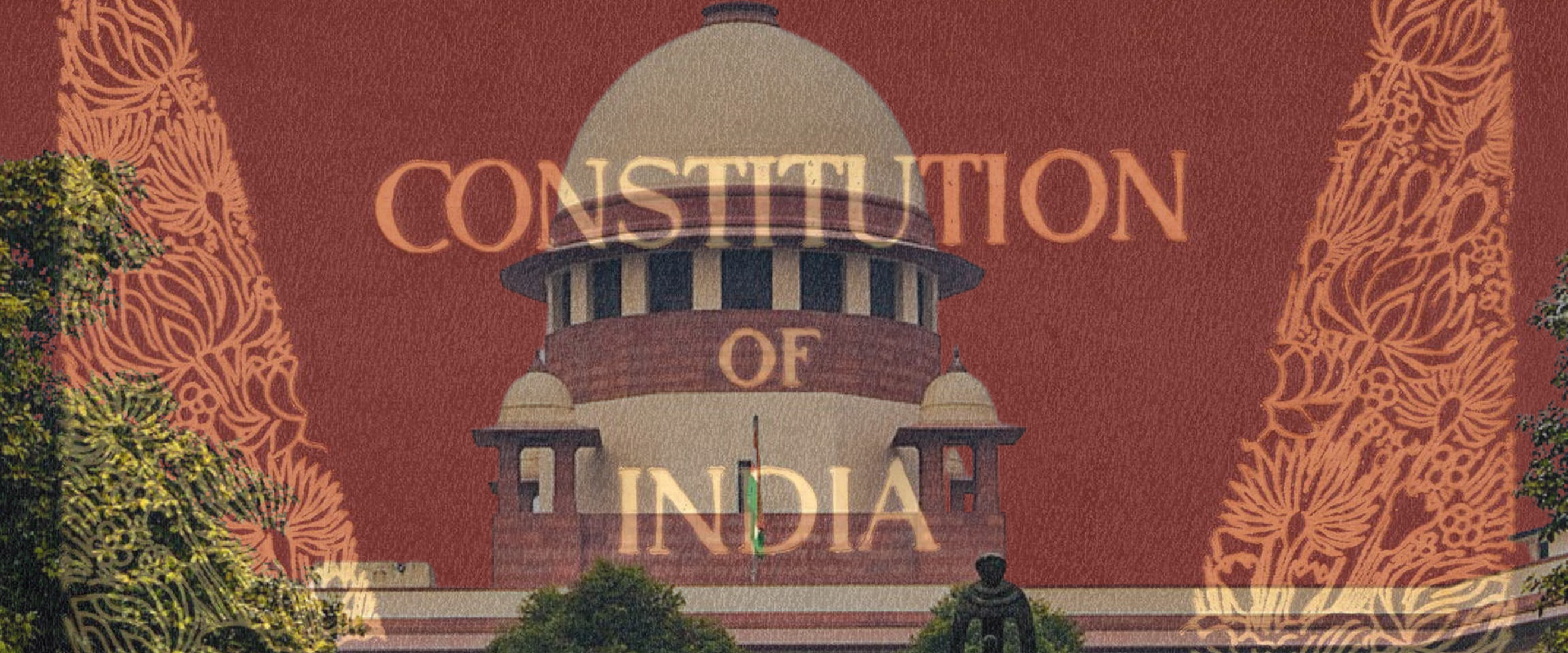Analysis
The Consequences of Pending Constitutional Benches
One of the main constitutional functions of the Court is exercised through Constitution Benches.

November 26th 2021 marks the seventh celebration of Constitution Day. On this date in 1949, the Constituent Assembly adopted our draft Constitution, as declared in the Preamble. It was at the Supreme Court that the day was first celebrated as ‘Law Day’, by the Supreme Court Bar Association. In 2015, the Government officially recognised it as ‘Constitution Day’. Today, while we celebrate the Constitution, it’s also a time of reflection. One aspect of this exercise would be to review the Court’s engagement with the Constitution – specifically its Constitution Benches.
The most important constitutionally significant pronouncements of the Court usually come from its Constitution Benches. Typically, Constitution Bench cases set the precedent for large constitutional questions, which will be followed by other benches of the Court, High Courts and the subordinate judiciary. These cases deal with ‘a substantial question of law as to the interpretation of this Constitution’ (Article 145 (3)).
As of November 8th 2021, there are 50 pending Constitution Bench cases pending. Since the start of this year, only two Constitution Benches have pronounced judgments on Maratha Reservations and the Aadhaar Review. Meanwhile, other important cases have had no hearings at all. This includes the deeply contested cases such as the validity of EWS Reservation, the abrogation of Article 370, Sub-Classification within Scheduled Castes, the relationship between Free Speech and Dignity and MLA Bribery.
Most of these pending benches consist of five judges, but some important issues lie before seven-judge and nine-judge benches. For instance, in the reference from the Sabarimala Review, a nine-judge Bench will decide the broad contours between the right to practice religion and the right to equality, among other things.
While these Benches remain inactive, the issues they consider continue to affect the public. EWS Reservation for example, when implemented in medical education, has been challenged, delaying the 2021 NEET examination because of the lack of clarity.
This reduction in Constitution Bench judgments has been a consistent trend over the decades, with the average number of judgments per year dropping from 134 in the 1960s to just 2 this year. Some argue that this trend has resulted in a decline in the SC’s constitutional role. What are the consequences of these unresolved constitutional questions?
When the Court does not decide on a constitutional question without a stay order (uncommon) there are consequences. In the Article 370 case, the lack of answers from the Supreme Court on the constitutionality of the provision, effectively allows the Union to continue to implement policies that would violate Article 370. While the challenge to the Aadhaar Act was pending for 5 years, the biometric verification process continued to deny access for certain groups to rations and other necessities.
Pending Constitution Benches have also left other issues and cases at the Court in limbo. For example, the Sabarimala Review has been awaiting a nine-judge Bench judgment for 2 years.
It is unclear why Constitution Benches remain pending for such long periods. Some argue that because of the Court’s rules that require hearings for SLPs, judges have very little time to hear constitutional cases. On the other hand, some view the delay as indicative of the Court’s reluctance to decide controversial issues, leaving it to be resolved by political and social negotiations.